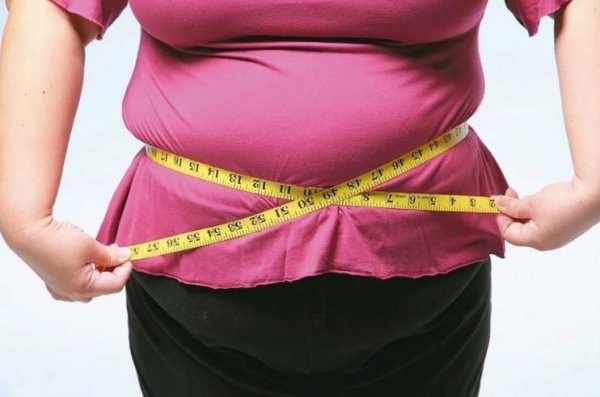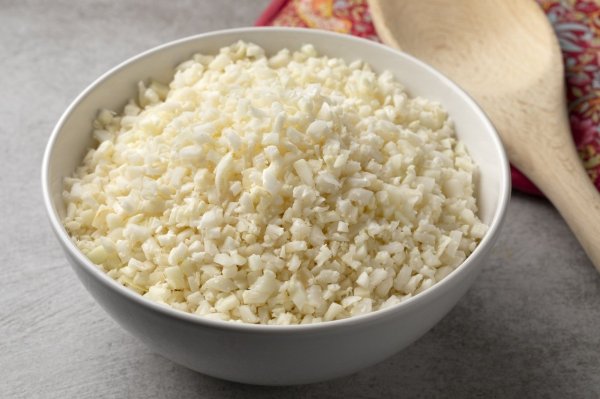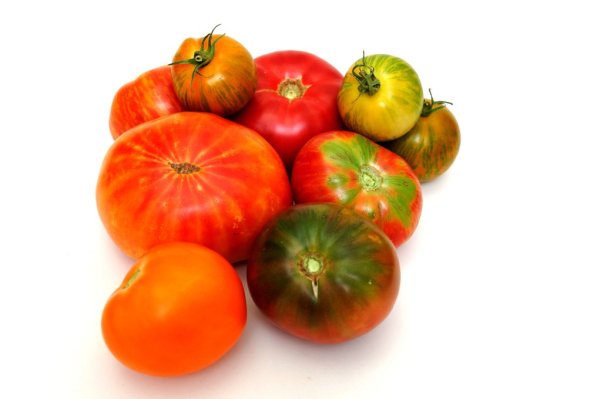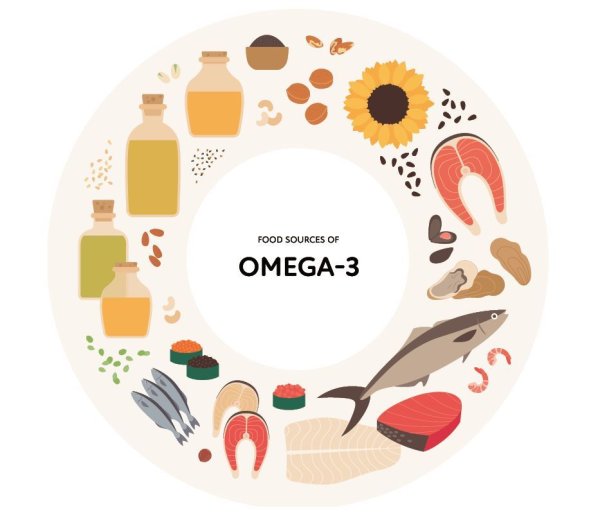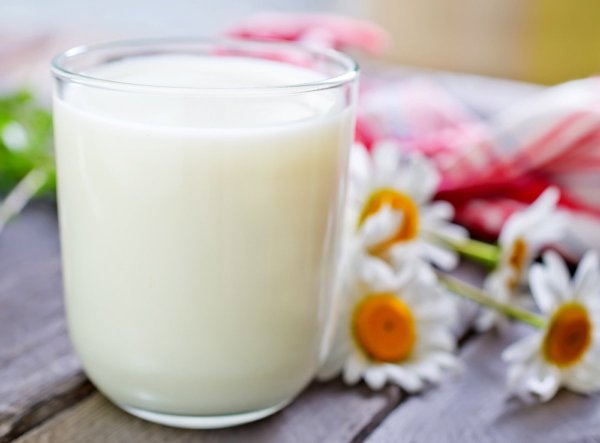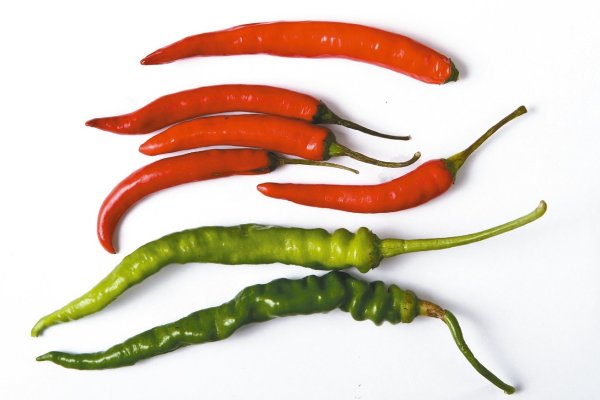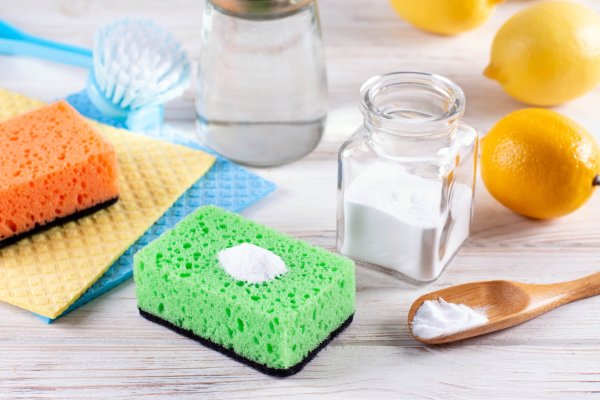Is the smoke from hot-slurry water washing the most toxic? The worst thing about this action is that the utensils are not humans! Cleaning and reducing smoke from the Yang Zonghai Buddhism
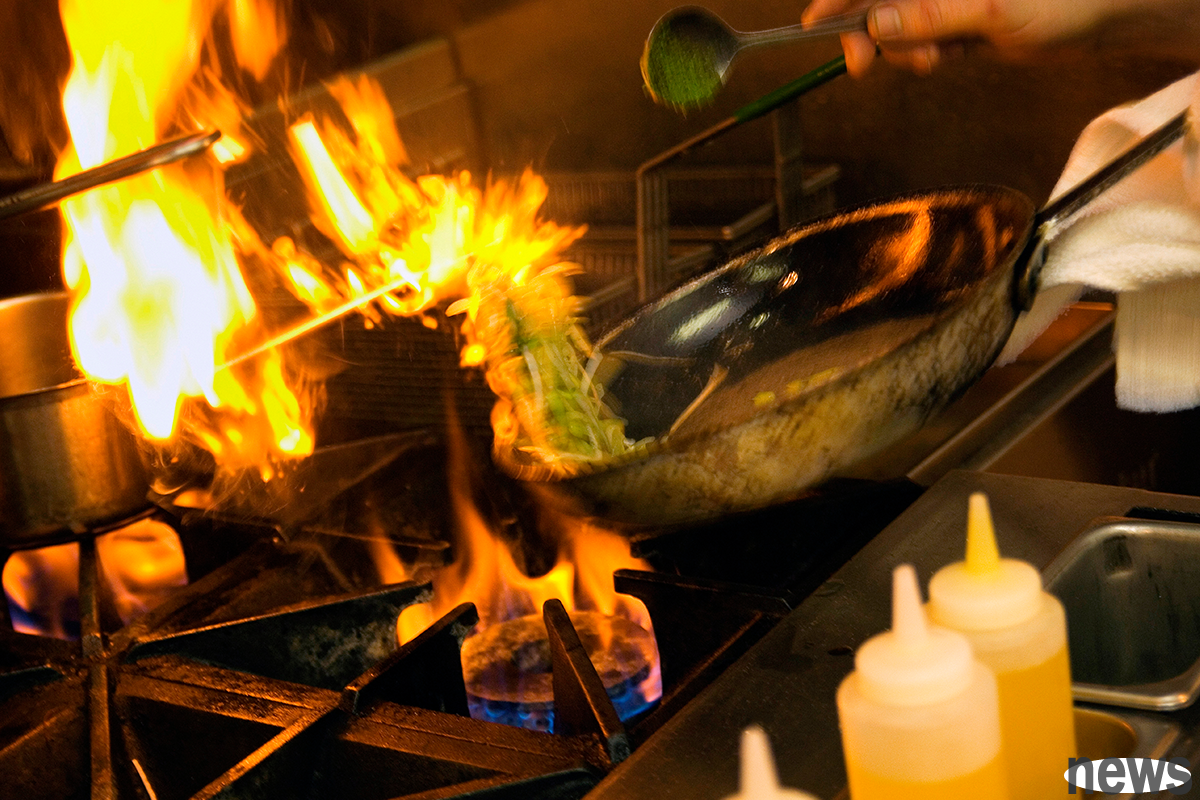 You can first know:
You can first know: (1) What kind of substance is the smoke that is hot and cold water? There is no research or analysis in the document records that can be found at present. Because the components are unknown, the harm of smoke cannot be known. Therefore, it cannot be said that smoke is the most toxic pollutant of lung adenocarcinoma, and it is even more toxic than smoking, the first risk factor we know.
(2) No matter which kind of material it is, it should be avoided to use the hot pot directly to clean it in cold water after the pot is lifted. The temperature difference may reduce the life of the pot, especially the pot does not stick to the pot, because it is covered with a layer, and the layer is more susceptible to swelling under high temperature conditions.
The relevant screenshots and contents of "hot-washing smoke is the most poisonous pollutant of lung adenocarcinoma". It mentioned that everyone knows the harm of second-hand cigarettes, oil smokes, and air pollution, but in fact, the most poisonous one is the hot-washing smokes. Experts say that no matter what kind of utensils are, do not directly take the hot pot under cold water and wash it. This suggestion is correct, but the part that smoke is the most toxic contaminant caused by lung adenocarcinoma is that there is no evidence of error.
Is the most toxic pollutant of lung adenocarcinoma? Original version:Love host friends, please pay attention. I went to a health lecture. The lecture was held by the tutor of the Zhongxing Hospital... When it comes to lung adenocarcinoma, everyone knows that it is the harm of second-hand smoke, kitchen oil smoke, air pollution, etc. However, the most toxic thing mentioned is - when the hot ones are just washed, the smoke emitted is the most toxic pollutant of lung adenocarcinoma. I will share it with you, and then wash the pot after the pot is slurry. In addition, you have to wait until the rinse is washed, otherwise some flat-bottomed bulges will become uneven if they are hot and cold.
and traffic on social platforms and communication software:
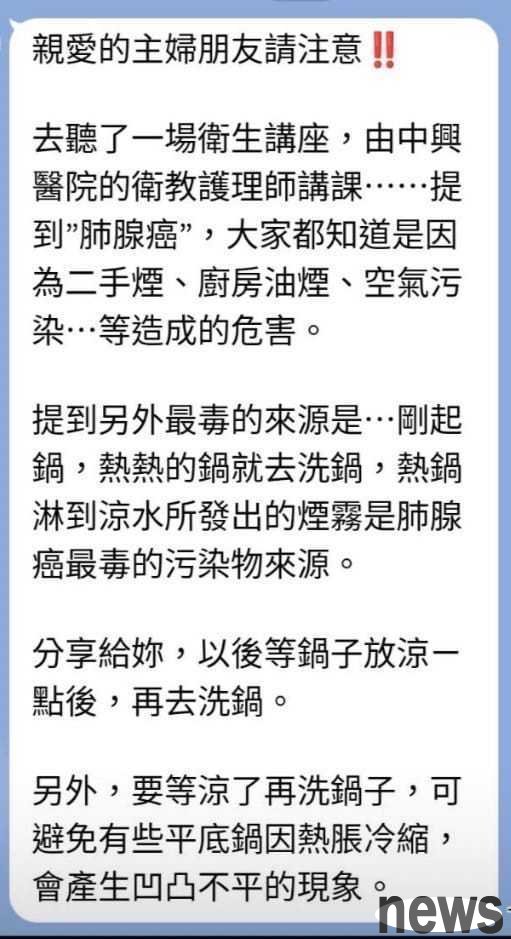
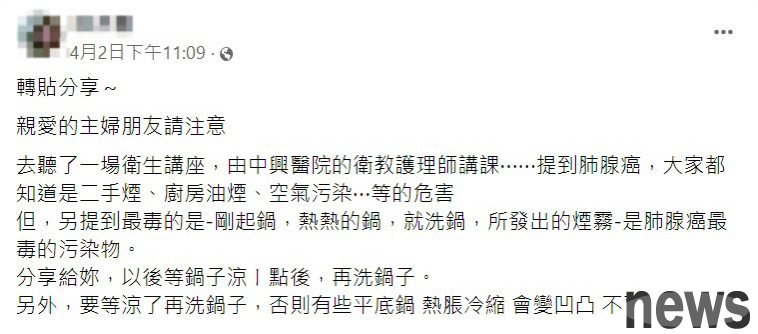
Linkou Chang Geng Clinical Toxics Center and a doctor of the Department of Bedology, said that the information mentioned that the hospital's teacher said during a lecture that "when the hot pot is hot, use it to wash it. The smoke emitted is the most toxic contaminant of lung adenocarcinoma." However, medicine has proved that the risk factors of lung adenocarcinoma are (1) smoking and second-hand tobacco (2) oil smoke in the kitchen, so it is said that hot pot is the most toxic contaminant of lung adenocarcinoma. According to science and this theory, "it must be wrong."
Jong Zonghai pointed out that many hosts will become more sticky and difficult to wash when the oil is cold, so they wash it quickly while the hot pot is hot pot, and they also have the habit of taking the hot pot directly into cold water to clean it, but whether it is an iron pot, a stainless steel pot, or even a stainless steel pot or a Glass, ceramics and other materials will reduce the life of the utensils due to the large temperature difference and the material is easily damaged. Therefore, it is not recommended to do this. However, it is said that smoke that heats to cool water is the most toxic pollutant of lung adenocarcinoma, so it must be clarified.
Jong Zonghai emphasized that cooking can increase the risk of lung cancer because oil smoke produces "polycyclic aromatic carbon dioxide compounds" (PAHs), and "floating particles" or even "floating particles" of PM 2.5 will also increase, but after the hot water is hot to cool water will produce what substances will be produced. There is no research or analysis in the examination paper, and there is no such discussion in medicine.
So a fairer statement is that the smoke produced by this action is unknown except for the life of the oxidizer and cannot be answered because of the unknown composition and no research. In the absence of excessive reasoning, it cannot be said that such smoke is the most toxic contaminant of lung adenocarcinoma, and is even more toxic than smoking, the first risk factor we know. This is an error that must be clarified. As for the rumor, saying that the hot pot should not be taken under cold water and sucked, this suggestion is correct.
How to reduce the smoke?Yang Zonghai suggested that the woman wait for the pot to wash it for a while before cleaning, and it would not cause any damage due to the heat transfer. Moreover, it is not like the restaurant at home, so there is more time to deal with it at home. In addition, there is also a change in the way that the empty hot pot should not move, and the temperature will drop to a bowl of cold water and put it in the pot without smoke. Wait until the temperature of the pot is Washing the pot only when it is lowered. This can not only reduce the temperature but also be safer because it does not move the hot pot. Moreover, the pumping smoker is kept in a state of rotation throughout the whole process. It is best to leave the kitchen at this time. This will be a more feasible and better way to change. As for how long it takes for the pot to lower the temperature so that it will not cause smoke. Just try and experience accumulation based on a different situation..
Is the iron fluoride harmful?Jong Hai emphasized that although the remarks do not mention the material of the pot, another problem that should be paid special attention to when burning hot water is that the non-stick and non-stick layer is PTFE (polytetrafluoroethylene) commonly known as "Teflon". Recently, the US Department of Environmental and Natural Conservation (DEC) of West Tenna West State has published information on its official website, mentioning that there are more than 3,000 types of PFAS family (perfluoro/polyfluoroalkyl compounds) compounds. The most commonly mentioned is PFOA (perfluorooctanoic acid) related to the iron fluoro process, and PFOS (perfluorooctane sulfonic acid), PFBS (perfluorobutane sulfonic acid), etc., related studies have found that PFAS compounds can be seen in rivers, drinking water, and human blood. What can be used in life include smear removal agents, non-stickling, oil-proof paper bags, fire materials, furniture, fabrics and clothing, etc. PFAS enters the human body through various pipelines. The website also lists the impact of PFAS on human body health including 6 major items:
(1) Increase the concentration of calcified sterol in human blood(2) Make the human body have poor response to vaccines.
(3) Causes thyroid disease
(4) Increases infertility risks in women
(5) Pregnant women are prone to prenatal hypertension
(6) Increases risk of low-weight prenatal birth in pregnant women
, and data from the most authoritative unit of the U.S. toxicant field shows that in addition to similar items mentioned above, it also reminds of changes in liver enzyme enzymes and risks of kidney and testicular cancer.
Yun Zonghai said that many of the problems with PFAS are related to pregnancy because it is an environmental hormone itself that interferes with the expression of endocrine in the human body. Of course, the medical community also knows that PFAS is not good, but the six major problems mentioned by the DEC data do not mention cancer risks. Although ATSDR has the cancer risks mentioned, according to the classification of the International Cancer Research Center (IARC), PFOA is listed as a possible carcinogen in humans, and the grade is 2B, not a first-class human carcinogen. This is also the recent view and stand-alone view of Lin Shunqing, a retired professor at the University of California, San Francisco, who is a retired professor at the Medical School of California, San Francisco.com. "Is the current non-sticky potency toxicity more harmful to humans?" The scientific community knows that PFAS is not good and should be regulated, but the remarks cannot be said to be very evident, causing misunderstandings and fears among the public.
Jun Zonghai pointed out that the Food and Drug Administration once announced that the non-sticky layer is afraid of high temperature, so it should avoid cooking at a long time, avoid sharp slimming, squeezing, or scratching of cleaning brushes. The non-sticky layer is originally more unstable at high temperatures. Flushing cold water at high temperatures may also cause the layer to crack and fall and be damaged. This is a place that must be paid attention to although it is convenient and easy to use.
Conclusion
The rumor refers to the fact that the hot pot is washed after the pot, and the smoke emitted is the most toxic contaminant of lung adenocarcinoma. It is said that the smoke emitted is the most toxic pollutant of lung adenocarcinoma. It is not valid at present; but no matter what kind of pot is, it should be avoided to drain the hot pot into cold water to avoid affecting the life of the pot. As for what components and harms the smoke of the pot, there is no research or experience to prove it.
(This article is reproduced from "MyGoPen" verification reference: https://www.mygopen.com/2023/04/pot.html)
(Editor in charge: Ye Zicen)


